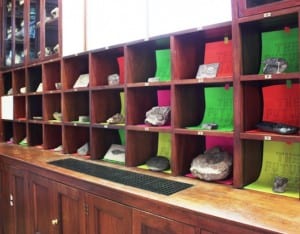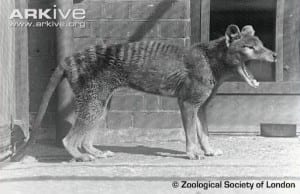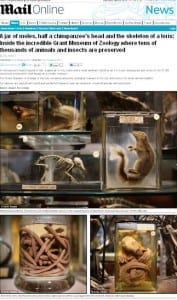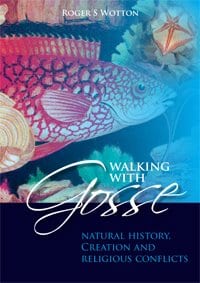There’s no such thing as bad press?
By Jack Ashby, on 11 December 2012
This is a short post about the surprise appearance of the Grant Museum in a story that was completely unrelated.
Before I start, there are some things you should bear in mind:
- We count the number of times the Grant Museum appears in the press as a measure of our performance.
- Unless it’s a press story promoting the Museum, we charge for use of our images by publishers, but we have allowed a couple of stock photo libraries to photograph the Museum in the hope that it will spread the word of our existence.
- For obvious reasons we try and keep track of journalists and photographers who come and visit.
- We have no control over the internet.
Every month I go to a meeting with all the other people involved with communications at UCL to look over major events and stories involving the University over the past month, and to highlight what’s about to come up. At the last meeting a story in the press concerning the possibility of UCL changing a statute which at present effectively offers academic staff permanent tenure – something the Unions are concerned about, was brought up. This didn’t appear to have much to do with the Grant Museum, until they opened the link on the projector… (more…)
 Close
Close





 Keen-eyed media-hungry readers may well have been seeing a lot of beautiful pictures of the Grant Museum on news websites this week. On Tuesday a photographer – Peter Macdiarmid – visited from
Keen-eyed media-hungry readers may well have been seeing a lot of beautiful pictures of the Grant Museum on news websites this week. On Tuesday a photographer – Peter Macdiarmid – visited from 

